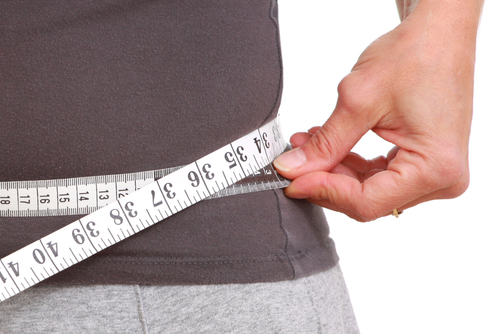In south Asian adults, waist-to-hip ratio is most strongly related to CVD risk factors as well as an unhealthy cardiovascular profile: The CARRS Study
M3 India Newsdesk Aug 07, 2017
The CARRS study or the "Center for Cardiometabolic Risk Reduction in South Asia (CARRS) Surveillance Study " is a community-based health survey project in three of the world’s largest cities (Delhi and Chennai, India and Karachi, Pakistan).

This study intended to assess, correlate and classify multiple obesity indices with cardiovascular disease. The study was conducted on 8,892 urban south Asian adults falling in the age group of 20-60 years from a diverse and contemporary population. The study assessed the performance of multiple indices of obesity indicator on the basis of predictive value, calibration, and discrimination in classifying individuals with prevalent diabetes, hypertension, and elevated total blood cholesterol. The is study also attempted to examine the relationship between obesity indices and a composite unhealthy cardiovascular profile score.The methods used for the study and its findings are given in brief in this article.
Anthropometric indices used in the study
Asians appear to have higher truncal fat per kilogram of total body fat and higher overall body fat per unit of body mass index (BMI). Largely, BMI is chosen as obesity index but in this study, six obesity indices, body mass ratio (BMI), waist circumference (WC), weight height ratio (WHtR), waist hip ratio (WHR), log of the sum of triceps and subscapular skin fold thickness (LTS) and percent body fat derived from bioelectric impedance analysis (BIA) were used as tools to identify adults with CVD risk factors in a diverse and contemporary population (2010–2012) of urban South Asian adults ages 20–60 years.
CVD risk assessment method
CVD risk factors (diabetes, hypertension and high cholesterol) were assessed based on seven metabolic biomeasures which are total blood cholesterol, triglycerides, low-density lipoprotein cholesterol, systolic blood pressure, diastolic blood pressure, fasting blood glucose and glycosylated hemoglobin. Statistical tools were used to summarize all the biomeasures into a single unhealthy cardiovascular profile score and any deviation from the standard value would indicate an abnormality.
Results of the study
Men had lower BMI, WHtR, LTS, and BIA and higher WC and WHR when compared with women. WC, WHtR, and BMI were most highly correlated and despite being a waist-based measure, WHR displayed lower correlations with WC and WHtR. BIA was most strongly correlated with BMI and correlations with WC and WHtR was also reasonably high. The outcomes of the study have been summarized below:
- All commonly used indices of obesity are highly correlated with each other and no single obesity index shows a strong correlation with CVD.
- There exist a linear correlation between all levels of obesity indices and CVD risk factors and unhealthy cardiovascular profile.
- As obesity increases, the risk of an unhealthy cardiovascular profile also increases linearly with respect to all obesity indices.
- WC and WHtR are superior to all other parameters in discriminating and classifying prevalent diabetes and hypertension as risk of CVD.
- There is no threshold for CVD risk factors after which the prevalence of CVD is higher.
- In south Asian adults, WHtR is most strongly related to CVD risk factors as well as an unhealthy cardiovascular profile.
- Obesity indices and elevated cholesterol have the weakest association.
A clear inflection point above which CVD factors escalate is still undiscovered hence whether anthropometric measures can be used to define obesity and for identifying individuals with higher CVD risk is not clear. This study suggests the use of waist based measures as best for classifying CVD risk factors.
-
Exclusive Write-ups & Webinars by KOLs
-
Daily Quiz by specialty
-
Paid Market Research Surveys
-
Case discussions, News & Journals' summaries